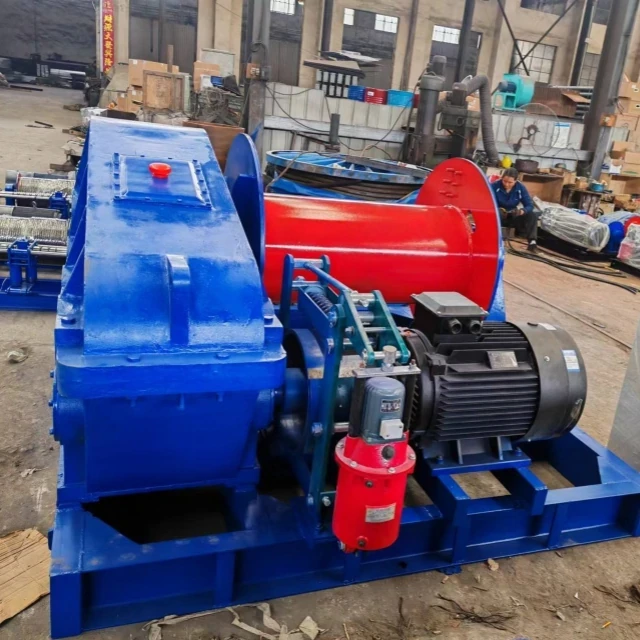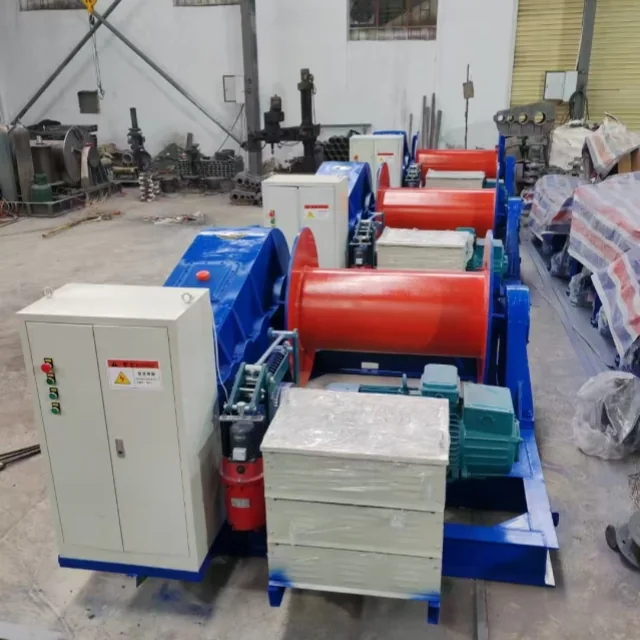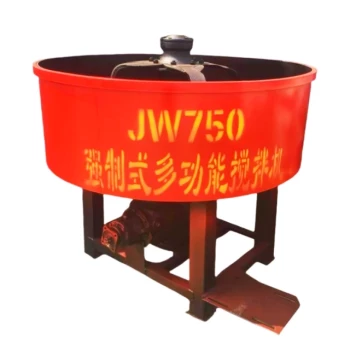Introduction
Selecting the right wire rope isn't just about tensile strength—it's about understanding how construction methods determine real-world performance. From offshore rigging to mining hoists, the interplay of strand lay patterns, core materials, and compliance standards dictates whether a rope lasts months or fails catastrophically. This guide breaks down the engineering principles behind wire rope anatomy and shows how to match construction to operational demands.
Wire Rope Anatomy and Engineering Principles
The Role of Strand Lay Patterns in Load Distribution
Wire ropes derive their strength from helical strands wound around a central core. The lay pattern—whether regular (right or left lay) or Lang's (alternating direction)—directly impacts:
- Fatigue resistance: Lang's lay ropes endure repeated bending better, ideal for crane hoists.
- Rotation tendency: Regular lay ropes minimize spin, critical for vertical lifts like elevator systems.
- Abrasion resistance: Open-lay designs (e.g., Warrington) sacrifice some strength for surface durability in dragline applications.
Ever wondered why some ropes "remember" their shape after uncoiling? It's all in the lay pattern's pre-stress design.
Core Materials: Balancing Strength, Flexibility, and Environmental Resistance
The core acts as the rope's backbone, with material choice dictating three key traits:
| Core Type | Best For | Limitations |
|---|---|---|
| Fiber (Organic) | Low-friction, lightweight uses (e.g., theater rigging) | Degrades in moisture/high heat |
| Steel (IWRC) | High-crush environments (mining hoists) | 15-20% heavier than fiber cores |
| Asbestos | Legacy high-temp applications | Health hazards; largely phased out |
Data from ASTM A1023 confirms IWRC cores increase rope lifespan by 40% in multi-layer drum applications compared to fiber cores.
Matching Construction to Operational Demands
Case Study: Offshore Rigging vs. Mining Hoist Systems
Offshore Mooring Lines require:
- 6-strand, compacted IWRC construction: Compaction reduces internal wear from saltwater penetration.
- Zinc-coated wires: ASTM A1117 mandates 250+ hours of salt spray resistance.
Mining Hoists prioritize:
- Rotation-resistant 34x7 construction: Prevents cable spin during deep shaft operations.
- Plastic-infused fiber cores: Lubrication retention reduces wear at drum contact points.
Did you know? A 1mm deviation in strand spacing can reduce a rope's fatigue life by 30% in high-cycle applications.
Industry Standards and Compliance (ASTM, ISO)
- ISO 2408: Governs minimum breaking force calculations, requiring 5:1 safety margins for personnel lifts.
- ASTM A1023: Specifies testing protocols for core-to-strand adhesion—critical for dynamic loads.
Non-compliant ropes risk OSHA violations; e.g., using organic cores in steel mills violates ASTM E119 fire-resistance thresholds.
Conclusion: Selecting with Precision
Wire ropes are engineered systems, not commodities. Prioritize:
- Environmental factors: Saltwater demands galvanized coatings; high heat requires IWRC.
- Load dynamics: Rotation-resistant designs for vertical lifts, compacted strands for abrasion.
- Compliance: Cross-check ASTM/ISO codes against operational requirements.
For equipment like Garlway winches, always pair ropes with the manufacturer’s recommended D/d (drum-to-rope diameter) ratio to prevent premature fatigue. When in doubt, consult a rigging engineer—the wrong choice can cost tenfold in downtime versus upfront investment.
Next time you inspect a wire rope, ask: Does its construction mirror the stresses it actually faces?
Related Products
- HZS75 Concrete Batching Plant Cement Mixer Price Concrete Mixer Bunnings Mixing Plant
- HZS180 Ready Mix Concrete Plant for Foundations with Sand and Cement
- Construction Products Concrete Plant Machine Mixing Concrete Mixer
- Portable Concrete Mixer Machine Equipment for Mixing Concrete
- JW1000 Mobile Cement Mixer Concrete Mixer Truck and Batching Plant
Related Articles
- How to Protect Concrete Mixing Stations From Extreme Weather Damage
- How to Prevent Equipment Failure in Concrete Mixing Stations: A Safety Inspector’s Guide
- How to Operate Concrete Mixing Stations in Winter: Protecting Equipment and Ensuring Quality
- How to Diagnose, Repair, and Prevent Cylinder Leaks in Concrete Mixing Stations
- Optimizing Infrastructure Efficiency: How to Choose Between Concrete and Stabilized Soil Mixing Plants









